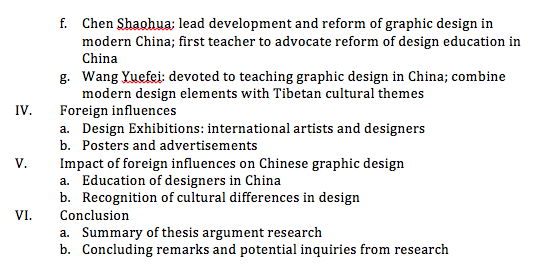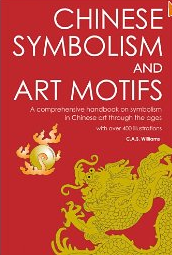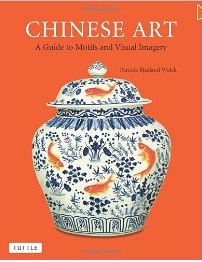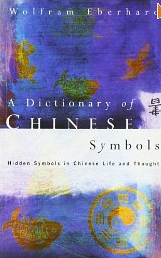After researching various sources, I’ve submitted a topic for my research paper in ART 5360: Topics in Art and Art History. My research topic a few semesters past was on the development of Chinese graphic design in the 1920s and 1930s–researching ‘western’ influence on Chinese design. I think looking at more current times integrates well with my current visual work and research–my proposed topic is:
The development of contemporary graphic design in China after the 1980s: A fusion of traditional and modern aesthetics
There have been leading graphic designers in China since the early twentieth century that have influenced the development of design to the present. During the 1920s and 1930s, European art movements and styles influenced the design scene in China, particularly in Shanghai. Some of the foreign influences still remain after the 1980s, as the numbers of graphic design studios expand across the country. Some of the design media developing in China that seem to integrate eastern and western aesthetics include posters, advertisements, packaging, and book art.
This research paper will examine the foreign influence on the development of graphic design in China from the 1980s, particularly design related to posters, advertisements, packaging, and book design. The developmental history and growth of graphic design in China from the 1980s and examples of cross-cultural design works will be discussed. A rough outline of topics to be explored in this research paper include:

outline may changes as research progresses…

outline may changes as research progresses…
Some resources for the paper will include:
Doordan, Dennis P. (ed.) Design History: An Anthology. Cambridge: The MIT Press, 1995. This book contains two articles that discuss the development of modern design in China, as well as the development of graphic design areas such as packaging, book design and advertisements. The two articles are: Turner, Matthew. “Early Modern Design in Hong Kong” and Wang, Shou Zhi. “Chinese Modern Design: A Retrospective.”
Dopress Studio. Inspirations from the East: Modern Chinese Design. Singapore: Page One Publishing Pte Ltd, 2009. This resource features the design works of designers from China that have incorporated modern design aesthetics, experimentations, and an integration of traditional Chinese elements with Western design techniques and styles.
Hongxing, Zhang and Lauren Parker, eds. China Design Now. V&A Publishing, 2008. This source discusses example works of modern Chinese designers and artists. It also reviews the techniques, design processes and influences of the artists mentioned. This resource is important in my research because it exhibits examples of work that integrate western and eastern design elements, and the historical development of modern design in China. It also discusses how Chinese designers have been influenced by western ideas or if they have chosen to design only with their own cultural styles.
Minick, Scott and Jiao Ping. Chinese Graphic Design in the Twentieth Century. New York: Van Nostrand Reinhold, 1990. This source provides details into the development of different styles, movements, and designs throughout China in the 20th century. It discusses the foreign influences that have inspired the Shanghai Style.
Steiner, Henry and Ken Haas. Cross-Cultural Design: Communicating in the Global Marketplace. New York: Thames and Hudson Inc., 1995. This source provides inspiring examples of cultural design projects. Henry Steiner mentions that cross-cultural design requires an image to be “transformed” and “redefined”; taking cultural imagery and icons and transforming them to be something personal. Cross-cultural designers from different countries are featured. This resource is important in my research because it discusses projects related to integrating and understanding different cultures. It provides a more in-depth analysis of the work of cross-cultural design leader Henry Steiner, and investigates his clever interplay of imagery, typography, and ideas of eastern and western cultures.
Wong, Wendy S. “Design Identity of Hong Kong: Colonization, de-colonization, and re-colonization.” York University. The 6th International Conference of the European Academy of Design Conference Proceedings (CD-Rom). Bremen: University of the Arts. 2005. This source discusses the historical development of design in Hong Kong under British rule and how its design identity is defined when Hong Kong became a Special Administrative Region of the People’s Republic of China. It discusses designers that have incorporated western and eastern styles in their works. This resource is important in my research because it reviews the origins of graphic design development in China, providing examples of Chinese modern design of the 1920s and 1930s, known as the Shanghai style. The cross-cultural works of Henry Steiner are analyzed, along with other influential graphic designers. It discusses the changes in Hong Kong design identity under British and Chinese ordinance.
Wong, Wendy S. “Detachment and Unification: A Chinese Graphic Design History in Greater China Since 1979.” Design Issues: Vol. 17 (4), 2001, 51-71. This paper discusses the development of graphic design in the Greater China region before and after 1979. It also provides examples and examines the works of cross-cultural designers such as Henry Steiner, Kan Tai-keung, and Alan Chan.
Other resources of interest:
York Centre for Asian Research, Principle Investigator: Wendy S Wong
















